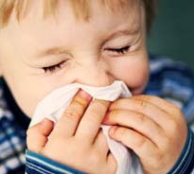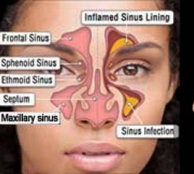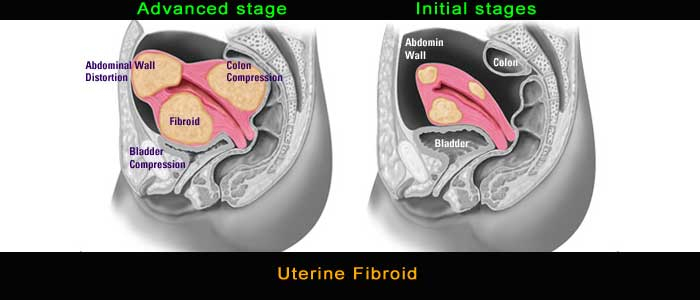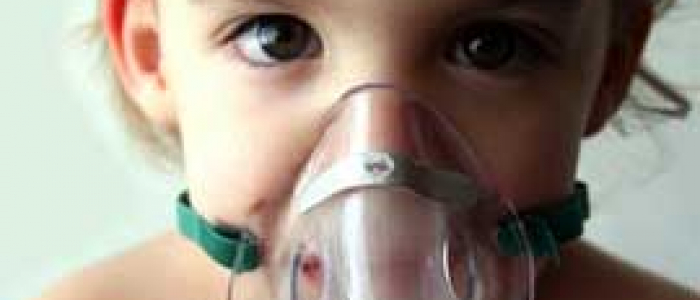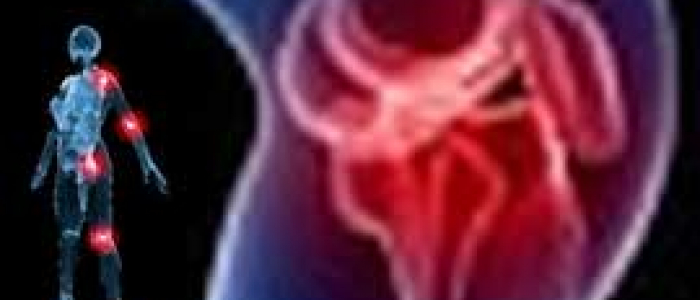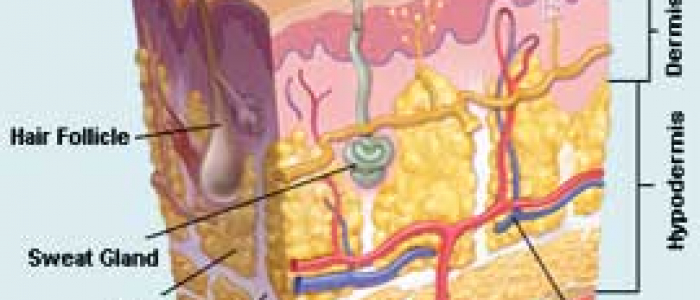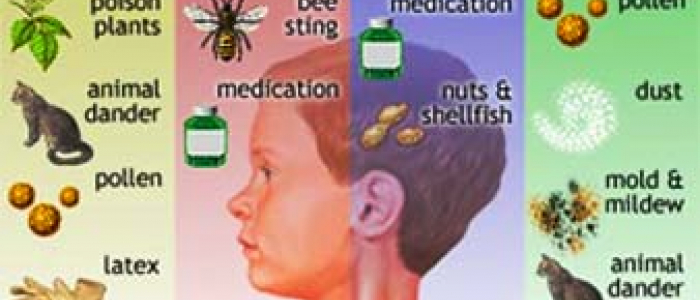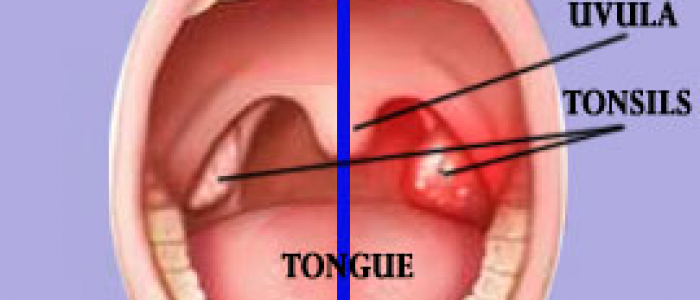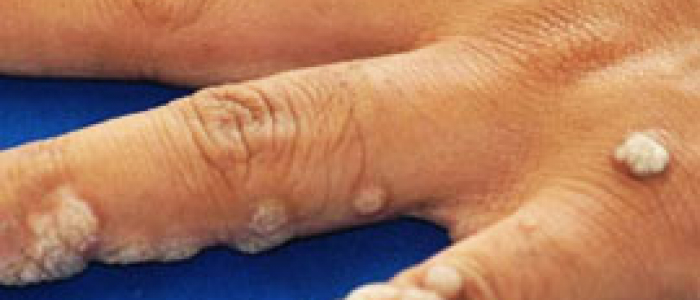Sinusitis (rhinosinusitis) in children can look different than sinusitis in adults. More often, children have a cough, bad breath, crankiness, low energy, and swelling around the eyes, along with a thick yellow-green nasal or post-nasal drip.
Child's sinuses are not fully developed until late in the teen years.


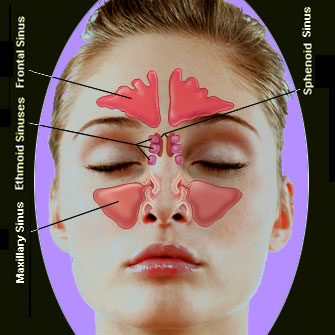 The sinuses are a connected system of hollow cavities in the skull. The sinuses are lined with soft, pink tissue called mucosa. Normally, the sinuses are empty except for a thin layer of mucus. The inside of the nose has ridges called turbinates. Normally these structures help humidify and filter air. The nose is divided in the center by a thin wall, called the septum. Most of the sinuses drain into the nose through a small channel or drainage pathway called the middle meatus. The purpose of the sinuses is unclear. One theory is that sinuses help humidify the air we breathe in; another is that they enhance our voices.
The sinuses are a connected system of hollow cavities in the skull. The sinuses are lined with soft, pink tissue called mucosa. Normally, the sinuses are empty except for a thin layer of mucus. The inside of the nose has ridges called turbinates. Normally these structures help humidify and filter air. The nose is divided in the center by a thin wall, called the septum. Most of the sinuses drain into the nose through a small channel or drainage pathway called the middle meatus. The purpose of the sinuses is unclear. One theory is that sinuses help humidify the air we breathe in; another is that they enhance our voices.